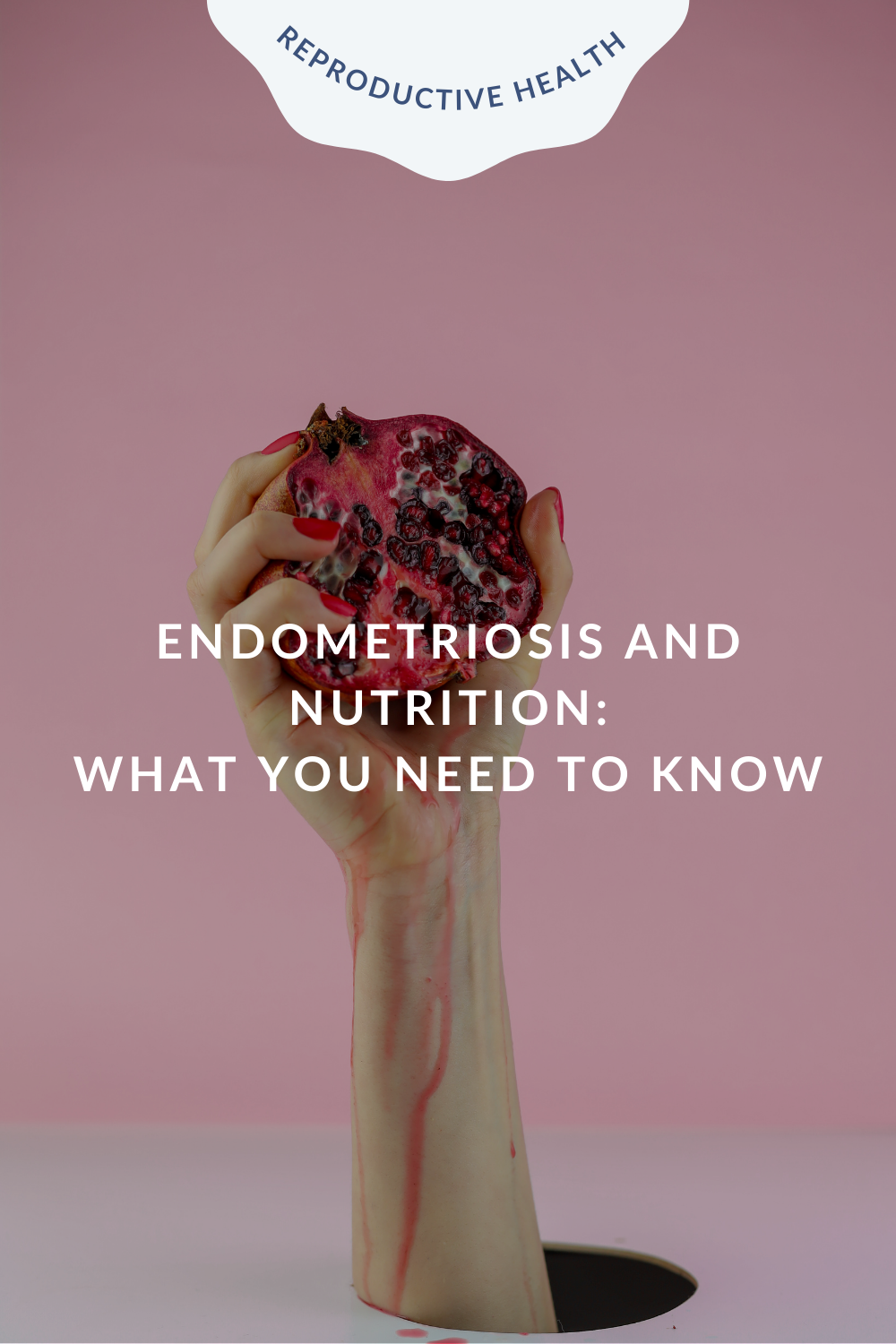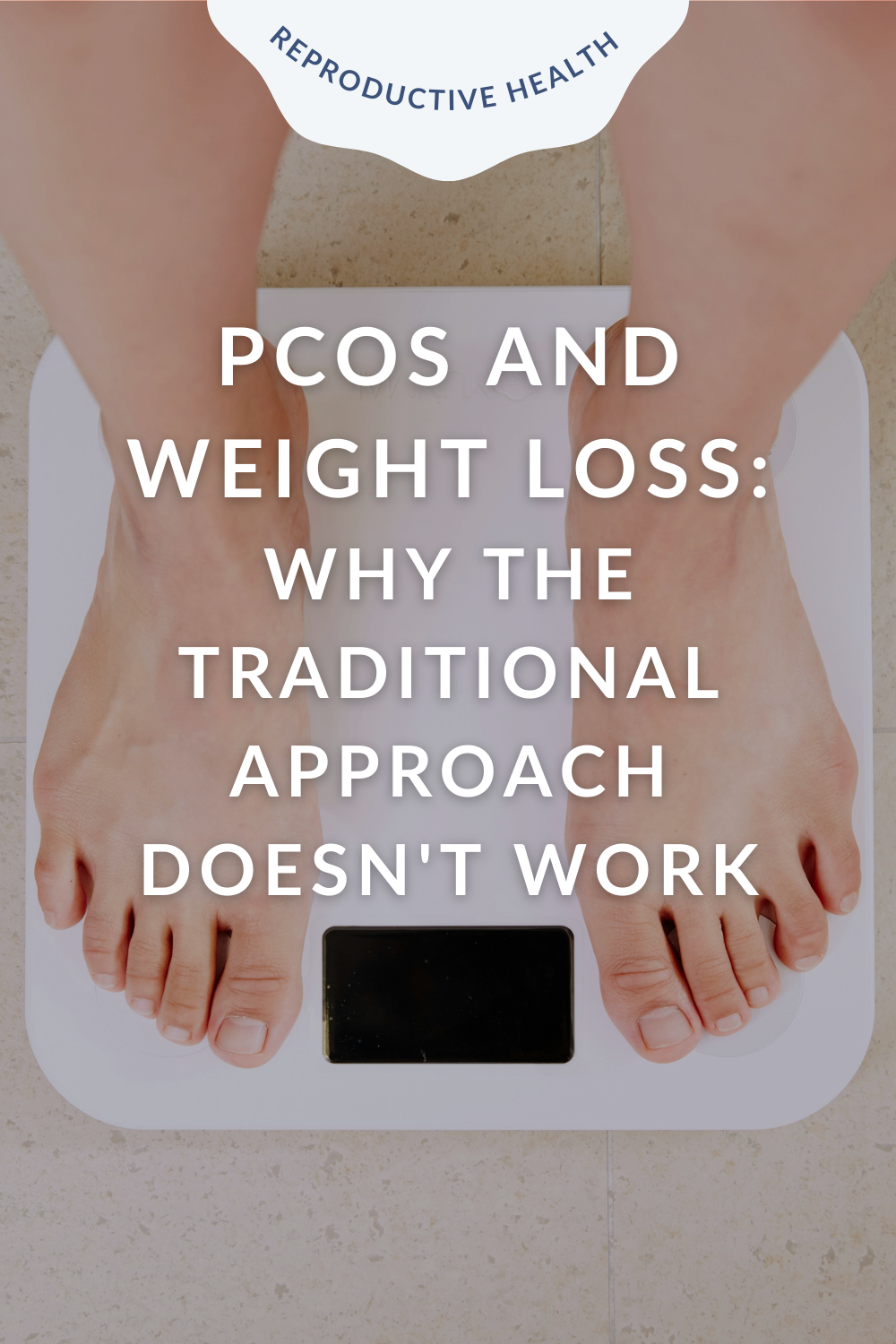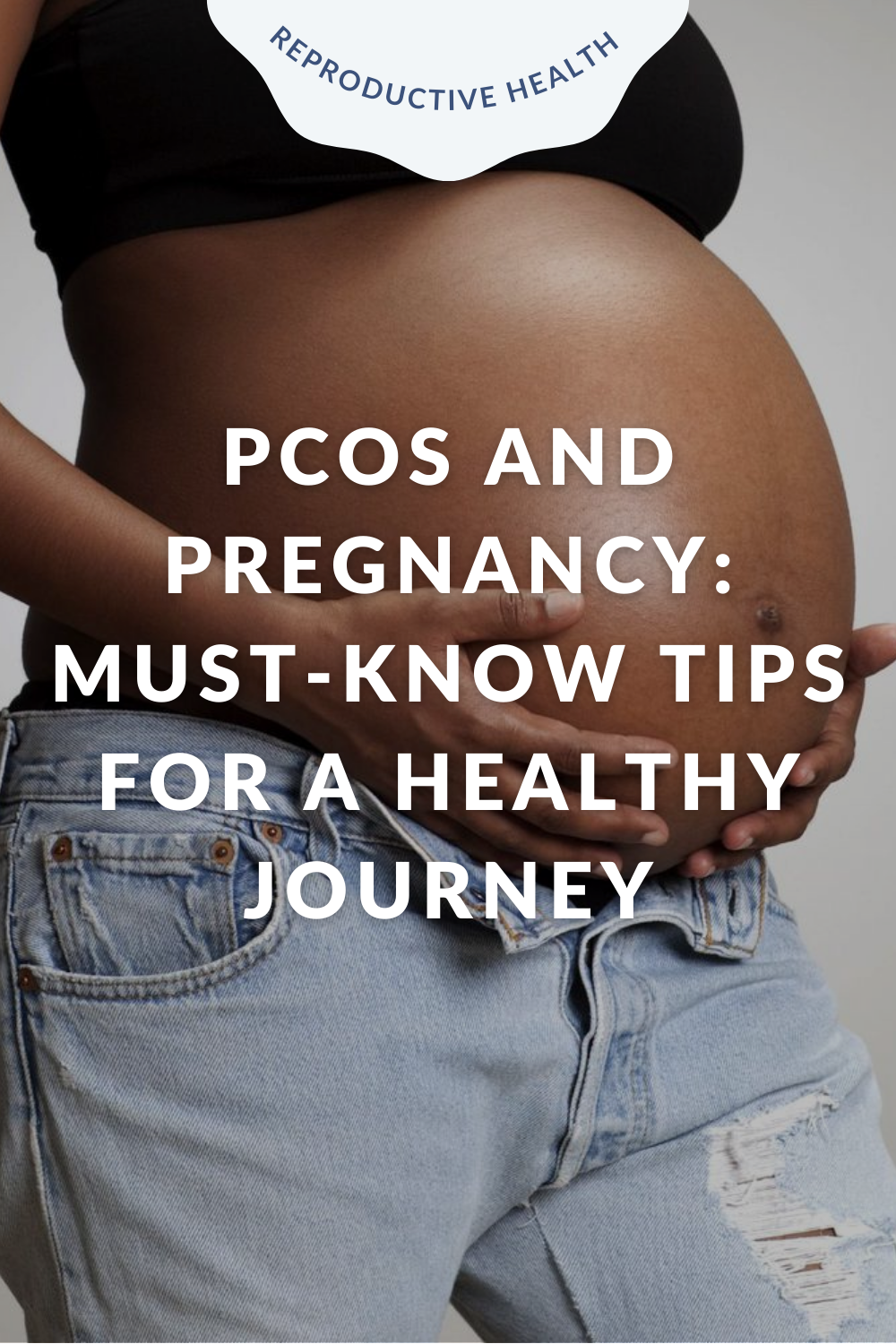Endometriosis and Nutrition: What You Need to Know
If you have get a period, you’re likely familiar with its accompanying (not so fun) PMS, like cramps, bloating, and all-around discomfort.
For those with endometriosis - it’s a totally different ball game.
Pelvic and menstrual pains may be severe and debilitating, coupled with excessive bleeding.
Rest assured, there’s hope. Endometriosis symptoms can be reduced or managed through diet and lifestyle.
What is Endometriosis?
Endometriosis is a chronic estrogen-driven inflammatory condition. The excess estrogen causes the tissue that lines the inside of your uterus to also grow outside the uterus.
What’s the issue? Because this tissue (much like the one in your uterus) sheds and thickens during your period, but it cannot escape your body. The trapped tissue causes inflammation, irritation and scar formation and in turn, may cause the uncomfortable symptoms associated with endometriosis.
Signs and Symptoms of Endometriosis
Symptoms can vary amongst individuals, but nonetheless, the most common one is the feeling of a cramping or stabbing sensation on both sides of the pelvis, in your lower back and even down your legs. Other signs include:
Excessive menstrual bleeding (heavy periods) and spotting
Pain during sexual intercourse
Frequent and/or painful urination
Digestive issues **in fact, people with endo are 2x more likely to also be diagnosed with Irritable Bowel Syndrome
Living with pain is debilitating in its own right, but there’s complications and risks beyond that. Up to 50% of people with endometriosis may experience difficulty getting pregnant, and they may have an increased risk for ovarian cancer.
Although there’s no cure, early diagnosis can help enable you to act early and help prevent future complications and pain. Also, know that you can’t eat or not move or think your way into developing endometriosis – in other words, it’s not your fault.
It can be absolutely demoralizing to feel that we can, but as always, we can focus on small things within our control, every day, to help us show up and manage our condition to the best of our ability.
Nutrition to Help You Manage Endometriosis
Eating an endometriosis-friendly diet can be a powerful way to reduce daily symptoms and progression of this disease. Nutrition can support the estrogen detoxification process and reduce pelvic inflammation.
Fill up on Fibre for Estrogen Metabolism
Fibre is a superstar. Although it’s know for supporting digestion and gut health, it’s also a key player in estrogen detoxification. Fibre helps to create bulkage and pass stools, and estrogen is wrapped up in this fecal matter and removed from our gut.
Fibre also helps to decrease prostaglandins, substances that act like hormones and increase inflammation and pain.
To boost up your fibre intake, enjoy tons of fruits and vegetables, whole grains, legumes, nuts, and seeds. Add ground flax to morning congee or porridge, dig into a red bean soup as an afternoon soup, add a scoop of chickpeas to your evening pasta.
Don’t fear the anti-inflammatory fats
Fats have gotten a bad reputation, but omega-3 fatty acids, particularly EPA + DHA, are incredibly beneficial to help fight inflammation. Recall that endometriosis is an inflammatory condition.
Whereas, eating saturated fats from processed and red meat is associated with increased risk for developing endometriosis. Although the exact correlation is unknown, researchers hypothesize it may be due to palmitic acid found in red meat. Another theory is that more external estrogen from hormone-treated animals can stimulate more prostaglandin production. Recall that prostaglandin acts like a hormone that can increase inflammation and pain.
Regardless of the lack of definitive role that red and processed meat plays, what we know is this: eating more unsaturated fats, like omega-3 fatty acids, come with a whole host of endometriosis-supporting benefits.
Enjoy more fatty fish (salmon, trout, herring, mackerel, sardines), ground flax, avocado, olive oil, nuts and seeds.
Add the antioxidants for pelvic health
Antioxidants are effective in helping to reduce inflammation. For endometriosis, increasing Vitamin C and E have been linked to reduced pelvic pain and menstrual cramping.
These antioxidants are found in fruits and vegetables like citrus fruits, broccoli, kiwi, bok choy, bell peppers and more. Other foods include salmon, almonds, sunflower seeds and oils.Support your gut microbiome for endometriosis
Fibre, as discussed above, is one the best ways to support your gut. Since they’re indigestible, many fibres can act as a prebiotic, essentially feeding the beneficial microbes in your digestive tract.
On top of that, you may consider eating more beneficial bacteria, in the form of probiotic-rich foods. The estrobolome, which is a collection of bacteria in the gut, helps to metabolize and control the body’s estrogen levels. Populating your gut with beneficial bacteria can help optimize levels of estrogen production.
Enjoy more probiotic-rich foods like yogurt containing live microorganisms, kombucha, kefir, miso, kim chi and sauerkraut!
Your endometriosis does not need to control your life. It may feel debilitating, but there are small pockets in your daily life where you may find empowerment through food.
As well, consuming an endometriosis-friendly, anti-inflammatory diet along with lifestyle management, can help to significantly reduce pain and discomfort!
Hi! I’m Trista
A Registered Dietitian and reproductive health expert. I’m here to help you gain confidence to overcome your Polycystic Ovary Syndrome and digestive health woes, while bettering your relationship with food.
CATEGORIES
Interested in more nutrition support to reduce endometriosis flare-ups?
Work with us in our 1-on-1 Nutrition Coaching Programs to receive personalized nutrition guidance, personalized meal plans and unlimited messaging support to create lasting change to keep those symptoms at bay.
Or, check out these Endometriosis Meal Plans designed to provide delicious, estrogen and inflammation-reducing recipes that are based on abundance, not restriction.
References
Ballard KD, Lowton K, Wright JT. What’s the delay? A qualitative study of women’s experiences of reaching a diagnosis of endometriosis. Fertil Steril 2006;86:1296-1301.
Bulletti, C., Coccia, M. E., Battistoni, S., & Borini, A. (2010). Endometriosis and infertility. Journal of assisted reproduction and genetics, 27(8), 441-447.
Chantalat, E., Valera, M. C., Vaysse, C., Noirrit, E., Rusidze, M., Weyl, A., ... & Lenfant, F. (2020). Estrogen receptors and endometriosis. International journal of molecular sciences, 21(8), 2815.
Fung, J. N., & Montgomery, G. W. (2018). Genetics of endometriosis: State of the art on genetic risk factors for endometriosis. Best Practice & Research Clinical Obstetrics & Gynaecology, 50, 61-71.
Jiang, I., Yong, P. J., Allaire, C., & Bedaiwy, M. A. (2021). Intricate Connections between the Microbiota and Endometriosis. International Journal of Molecular Sciences, 22(11), 5644.
Kossman, D. A., Williams, N. I., Domchek, S. M., Kurzer, M. S., Stopfer, J. E., & Schmitz, K. H. (2011). Exercise lowers estrogen and progesterone levels in premenopausal women at high risk of breast cancer. Journal of Applied Physiology, 111(6), 1687-1693
Nouri, K., Ott, J., Krupitz, B., Huber, J. C., & Wenzl, R. (2010). Family incidence of endometriosis in first-, second-, and third-degree relatives: case-control study. Reproductive Biology and Endocrinology, 8(1), 1-7.
Saguyod, S. J. U., Kelley, A. S., Velarde, M. C., & Simmen, R. C. (2018). Diet and endometriosis-revisiting the linkages to inflammation. Journal of Endometriosis and Pelvic Pain Disorders, 10(2), 51-58
World Health Organization. (n.d.). Endometriosis. World Health Organization. Retrieved May 12, 2022, from https://www.who.int/news-room/fact-sheets/detail/endometriosis
Xiao, Y., Xia, J., Li, L., Ke, Y., Cheng, J., Xie, Y., ... & Su, X. (2019). Associations between dietary patterns and the risk of breast cancer: a systematic review and meta-analysis of observational studies. Breast Cancer Research, 21(1), 1-22.
https://www.ncbi.nlm.nih.gov/pmc/articles/PMC5563086/
https://pubmed.ncbi.nlm.nih.gov/32949284/#:~:text=Conclusion%3A%20This%20meta%2Danalysis%20provides,to%20women%20without%20the%20condition.
https://www.ncbi.nlm.nih.gov/pmc/articles/PMC6066416/#:~:text=Red%20meat%20intake%20was%20associated,%3B%20Ptrend%3C0.0001).
https://www.ncbi.nlm.nih.gov/pmc/articles/PMC8172324/#:~:text=Conclusions,and%20severity%20of%20pelvic%20pain.













